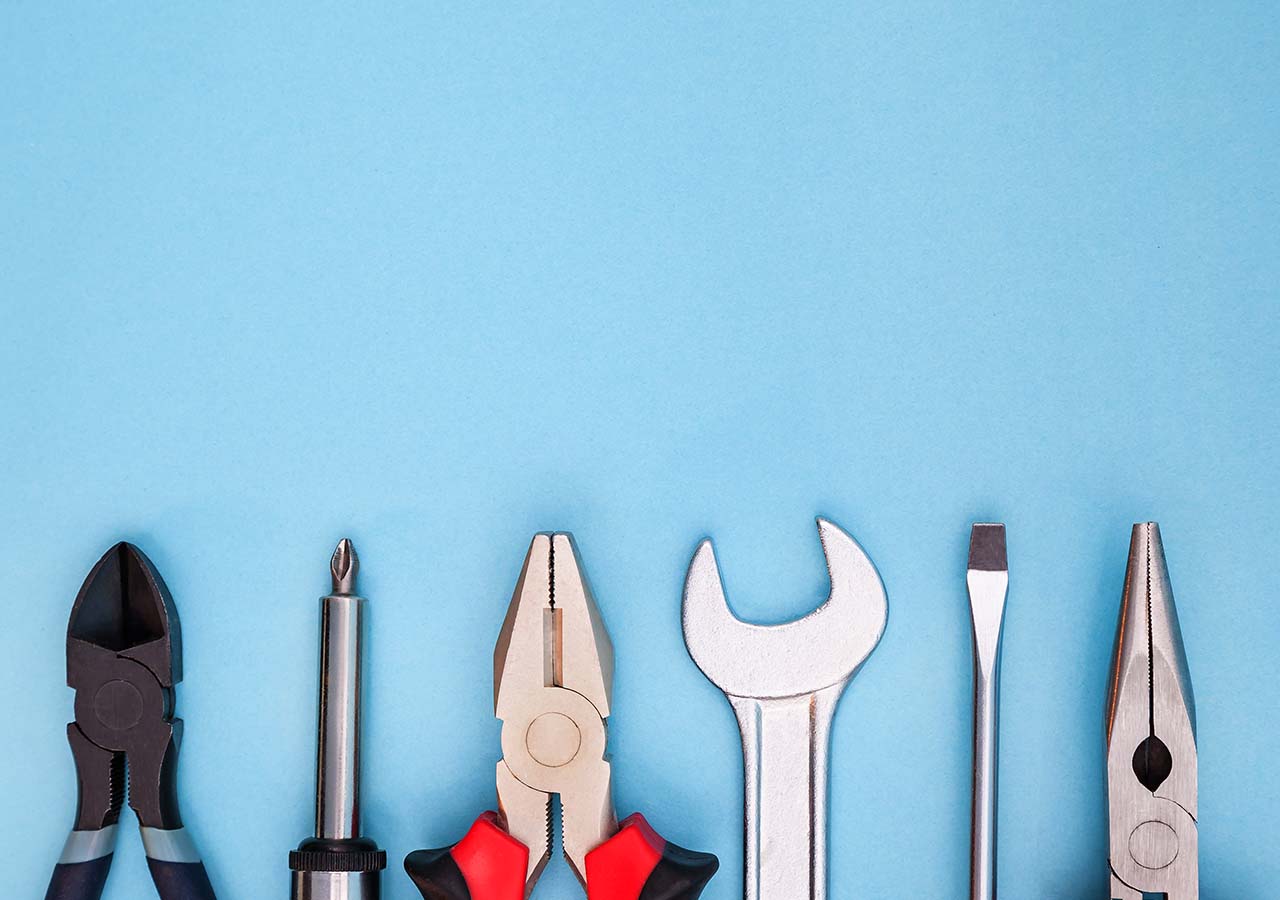Apr 29, 2025 by Mark Dingley
The End of Financial Year (EOFY) can be crunch time for manufacturers, with financial reporting, budgeting and investment decisions all coming to a head.
However, with strategic foresight and close collaboration with your CFO, you can transform this high-pressure period into an opportunity for growth.
Here’s how you can work together strategically to maximise opportunities and avoid last-minute financial headaches.

Before you can tackle the year ahead, you need to know exactly where you stand. Take the time to sit down with your CFO and take stock of your current financial position. You’ll want to look at key metrics such as cash flow, profitability and your cost structures.
Manufacturing CFOs are uniquely positioned to drive operational efficiencies. With a comprehensive view of the company’s financial health, they can spot areas where operational improvements can lead to enhanced productivity and cost savings.
One key opportunity? Operational efficiencies, particularly through preventative maintenance and automation. Preventative maintenance allows for better budget forecasting as your CFO can plan for maintenance costs in advance, rather than dealing with unpredictable expenses when machinery breaks down.
In addition, look at supplier contracts and energy costs to uncover potential savings. You’ll be surprised how even small changes can lead to significant savings.
Your CFO’s best friend is data – and it should be yours too. Data drives every CFO decision, from forecasting to budgeting. To plan for the upcoming financial year, ensure your plant is capturing the right data around production, OEE, maintenance schedules, energy efficiency, and more.
Accurate data enables manufacturing CFOs to make smarter, data-backed decisions, such as identifying cost-saving opportunities, predicting staffing needs, or forecasting demand. For plant managers, working closely with your CFO to leverage real-time data helps fine-tune operations, optimise production, and minimise costs.
For example, iDSnet Manager is a production-efficiency tool that provides your business with real-time production information and efficiency data. Integrating your systems into one software system allows you to analyse the data needed to work out your OEE metrics across each production line and enhance manufacturing efficiency.
.jpg)
You might already know about tax write-offs for equipment and R&D, but are you making the most of them? There are plenty of government incentives and rebates available for Australian manufacturers, and it’s worth researching to see what you can access.
You may qualify for industry-specific rebates, sustainability grants, the R&D tax incentive or funding for automation upgrades that can offset capital expenses.
For example, Queensland’s Manufacturing Hubs Grant Program provides grants for manufacturers to become more productive, build advanced manufacturing capabilities and create the jobs of the future through technology adoption, skills and training, business development, and advanced robotic manufacturing hub services. (Round 4 is open until 30 June 2025, or until all available funding is allocated.)
It’s also important to review depreciation strategies with your CFO to determine whether bringing forward capital purchases before EOFY makes financial sense.
For example, if your business relies on manual labelling or an older, inefficient labelling system, upgrading to a new label print applicator could deliver operational efficiencies, cost savings and potential tax benefits.
By investing in automation before the EOFY deadline you may be eligible for instant asset write-offs or accelerated depreciation, reducing taxable income.
At the same time, the new system could cut labour costs, improve output and reduce waste by automating labelling tasks and improving accuracy.
Is now the right time to invest in automation, coding and labelling upgrades, or new packaging solutions? Assess your current equipment and technology needs to determine whether upgrades could improve efficiency, reduce costs or support business growth.
Key questions to ask:
.jpg)
The key here is alignment: your capital investments should fit with your long-term goals. If there’s a trend toward more sustainable packaging or a shift in consumer behaviour, investing in that now can put you ahead of the curve.
Large equipment purchases don’t have to be an immediate cash outlay. Work with your CFO to explore:
Forecasting isn’t just about estimating sales and costs, it’s about predicting what your operations will require to meet those projections in the coming year.
Work with your CFO to refine models based on:
It’s essential to account for external factors too. External factors, including supply-chain disruptions, material shortages or regulatory changes, can have a big impact on production and could throw your plans off course. Collaborate with your CFO to ensure these factors are factored into your financial forecast.
By accurately forecasting your plant’s needs, you’ll help your CFO allocate resources effectively, avoid unexpected costs, and stay on track to meet production targets while maintaining efficiency.
Having a strong working relationship with your CFO is essential for driving operational efficiency, managing costs, and ensuring your plant runs smoothly.
Here are some strategies to build a stronger partnership:
1. Delaying capital investment decisions until the last minute
Waiting until the final weeks of the financial year to make major investment decisions can backfire. With supply-chain delays and installation times, you may end up missing the cut-off for EOFY deductions or incentives. Start the conversation early so you’re not scrambling in June.
2. Failing to account for maintenance downtime in forecasts
Unscheduled maintenance can significantly impact production capacity. If your EOFY forecasts don’t allow for downtime, you may miss output targets or overpromise to customers.
3. Missing deadlines for government incentives
Many government programs have strict lodgement deadlines or eligibility criteria. Missing these by even a day can mean missing out on thousands in potential tax savings. Assign someone to track key dates and program requirements so you can stay on top of them.
4. Overlooking hidden inefficiencies in outdated systems
Old equipment, outdated systems or manual processes may be draining productivity and profitability without you knowing. Use this time of year as a prompt to audit your systemsand flag areas for upgrades, digitisation or process automation.

Here are five things to do now:
By planning ahead and collaborating closely with your CFO, you can turn EOFY from a stressful deadline into an opportunity for growth. Proactive financial planning helps you streamline operations while positioning your business for long-term success. Don’t wait until June 30 – start working with your CFO now, and make this EOFY your smoothest yet.